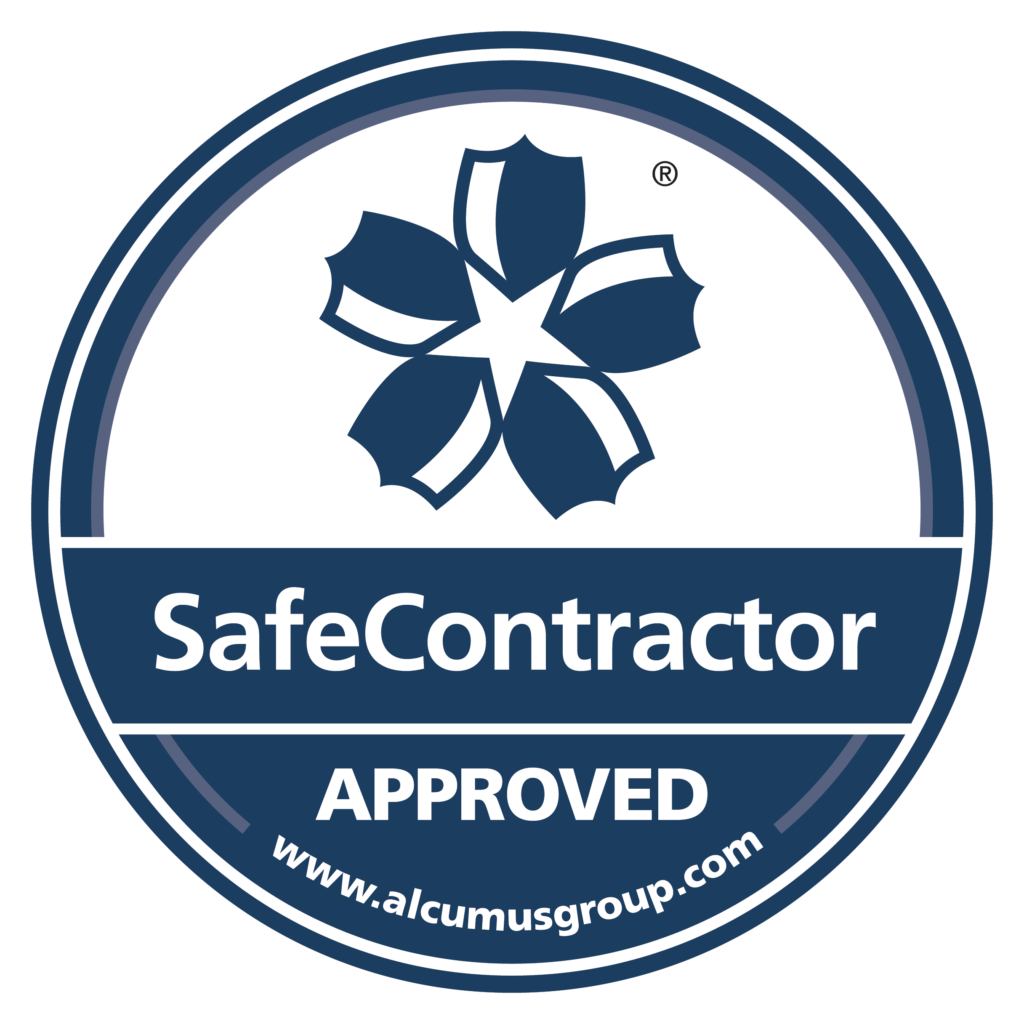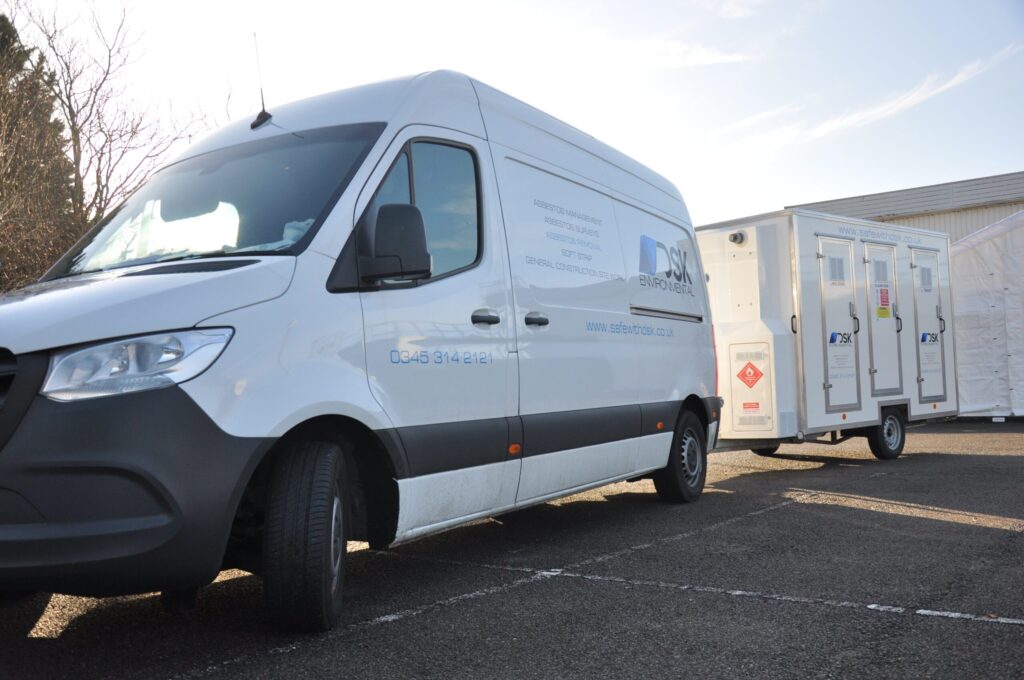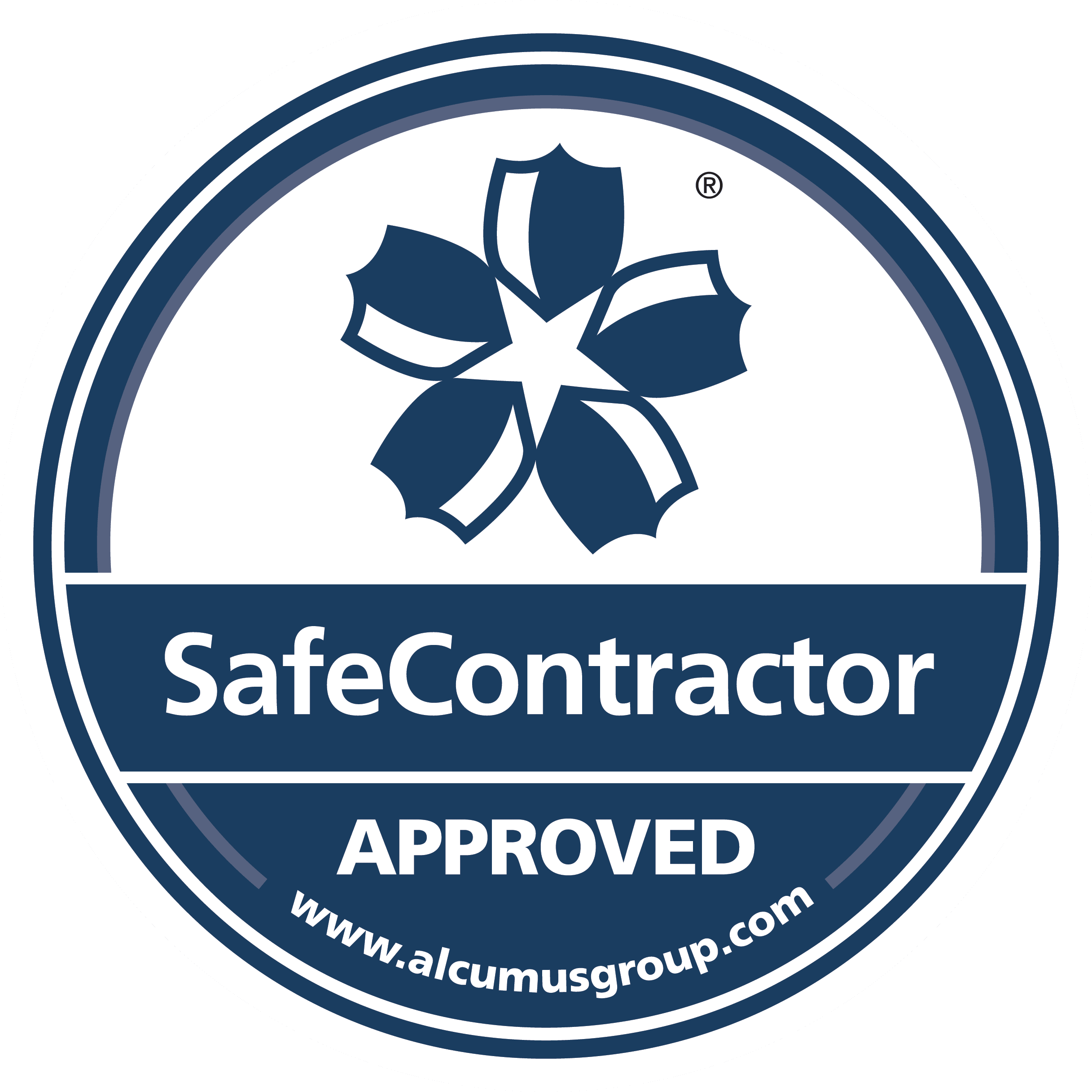Decontamination consists of three stages:
Stage 1: Prevent or minimise contamination inside the enclosure, ie avoid becoming contaminated. Prevention is the most effective action. Its importance cannot be over-emphasised. Work should be carried out in such a way that minimal dust and debris are produced. This will not only minimise the extent of contamination on PPE and RPE, it will also reduce exposure and the spread of asbestos.
Stage 2: Preliminary decontamination within the enclosure and airlocks. The bulk of contamination should be removed from PPE and RPE at this stage.
Stage 3: Final decontamination within the DCU. The remaining residual contamination is removed and workers change back into domestic clothing. This three-stage structured approach to decontamination allows the process to be conducted systematically and consistently. Workers should follow the same series of steps every time they leave the enclosure.











